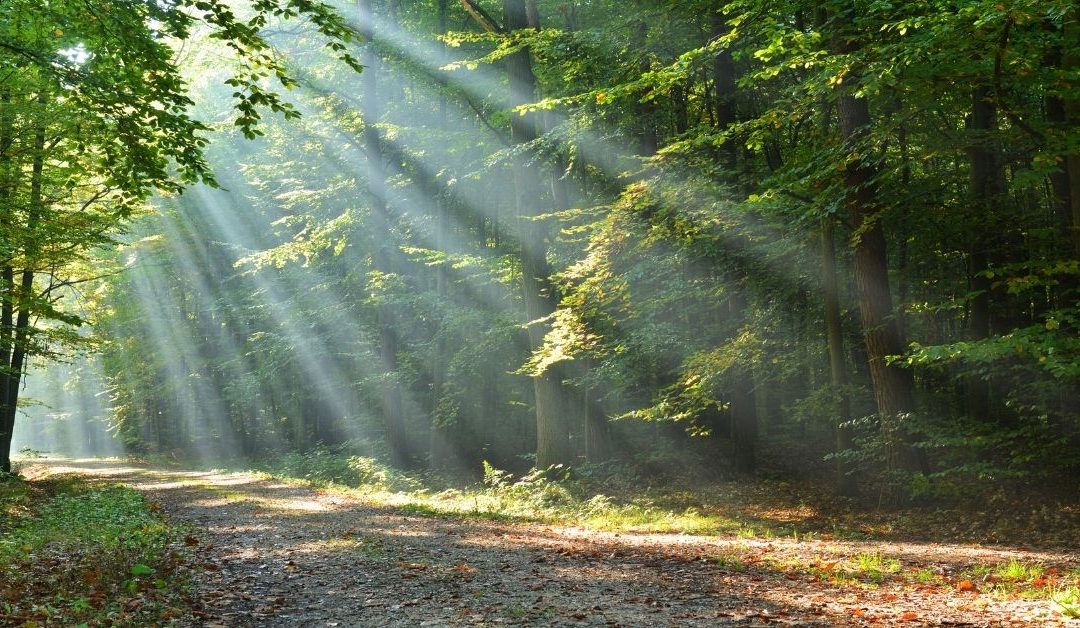Over the last 10 years, sustainability has become a hot-button issue, especially in Madison and the surrounding area. We’re more conscientious than ever before about the products we use, whether or not we compost, and buying organic. But did you know that you can also be sustainable with how you plan your funeral service and last rites? Enter the green burial.
So, what is a green burial? As the name suggests, green burials are intended to provide an environmentally-conscious option for burial. In a green burial, the body is buried in a simple burial shroud or a wooden box and is not treated with any embalming fluid. This allows the body to decompose naturally over several years, in a process that is not too different from composting plants and other organic materials.
Want to know more? These are just three reasons to consider a green burial.
1. It’s more energy efficient.
While cremation is a more sustainable option than a traditional full-service burial, a crematorium still needs to use 3 liters of natural gas to incinerate the body. To put that in perspective, 3 liters of natural gas could heat the average Wisconsin home for about a day during the winter. Similarly, for a cremation to take place, the crematorium has to invest the same amount of energy that the average person would need to run 10 marathons.
In contrast, since the body and shroud or casket are allowed to decompose naturally over time with a green burial, the only energy consumed is to refrigerate the body until it is buried. In the United States, you can refrigerate a body by applying dry ice or storing it in a morgue or funeral home. With this process, you also don’t need authorization from the coroner.
2. No harmful chemicals or gases are involved.
During a traditional burial, a body is preserved through embalming instead of refrigeration. As part of this process, a funeral director uses a liquid embalming mixture, which contains formaldehyde and methanol, as well as other chemicals. Though trace amounts of formaldehyde occur naturally in our atmosphere, in higher doses it is toxic to humans and some animals. Likewise, though methanol is biodegradable, one of its byproducts is carbon dioxide, which is a greenhouse gas.
With cremation, no chemicals are injected into the body (unless it’s first being preserved for an open-casket ceremony), but harmful gases and compounds are released into the atmosphere as a by-product of cremation. Some of these gases include carbon dioxide (a greenhouse gas), carbon monoxide, hydrogen chloride, hydrogen fluoride, and mercury vapor. However, steps can be taken to minimize or counteract these emissions, such as removing dental fillings and other medical devices prior to cremation or donating to a carbon fund.
Still, a green burial has a smaller carbon footprint and does not involve any additional chemicals. While carbon dioxide is still a product of the decomposition process following a green burial, much of this gas remains underground and becomes part of the natural soil respiration and carbon recycling process.
3. You can have a memorable place to visit.
With a green burial, you can still have a plot of land that family members can visit. The burial can take place in a traditional cemetery, at home (if you check with local zoning laws), or you can choose to be buried in Natural Path Sanctuary in Dane County or at Circle Cemetery out in Barneveld. Both Natural Path Sanctuary and Circle Cemetery are nature preserves and provide a memorable, meditative place for your loved ones to visit. These two locations only allow green burials of bodies or cremains, so if you choose to have a traditional burial, you would not be able to be laid to rest at either location.
Keep in mind that some natural burial grounds allow a headstone or other permanent grave marker, but requirements vary by location, so be sure to contact the sanctuary or cemetery directly. For example, Natural Path Sanctuary does not allow traditional headstones, but they do allow certain grave markers, including logs, flat fieldstones, and small engraved stones that are flush with the ground. Because most green burial sites are dedicated to preserving the land, many locations want to disturb the earth as little as possible.
Want to know more about green burials in Dane County? If so, contact us today, and our team will answer any questions you may have.

